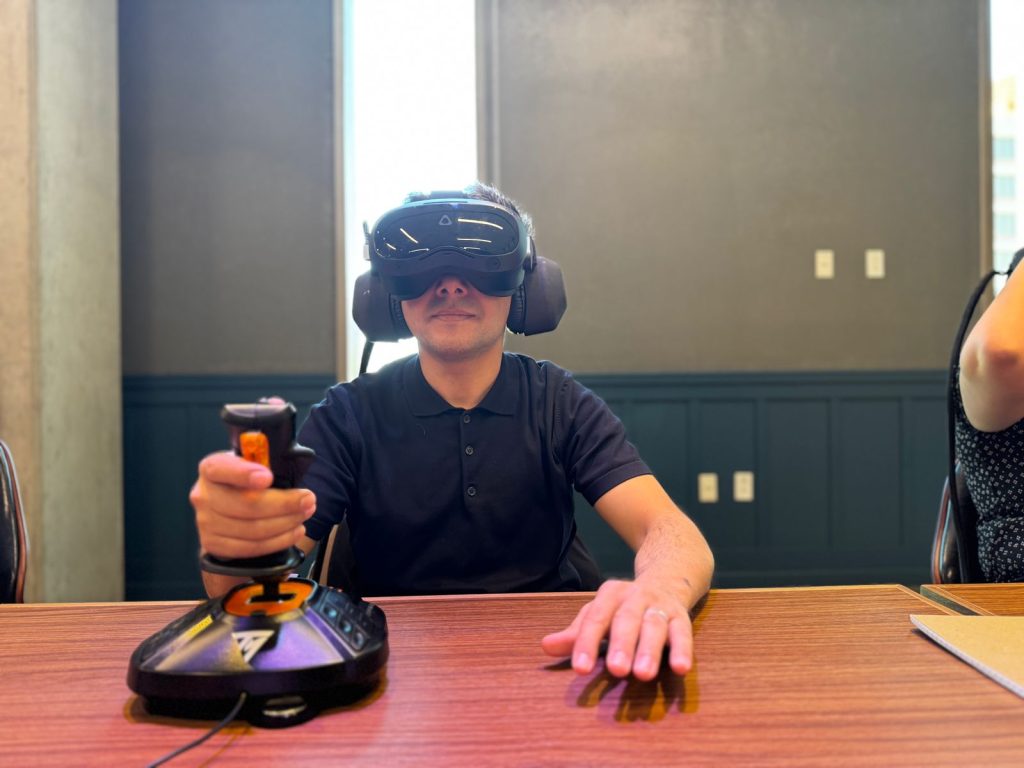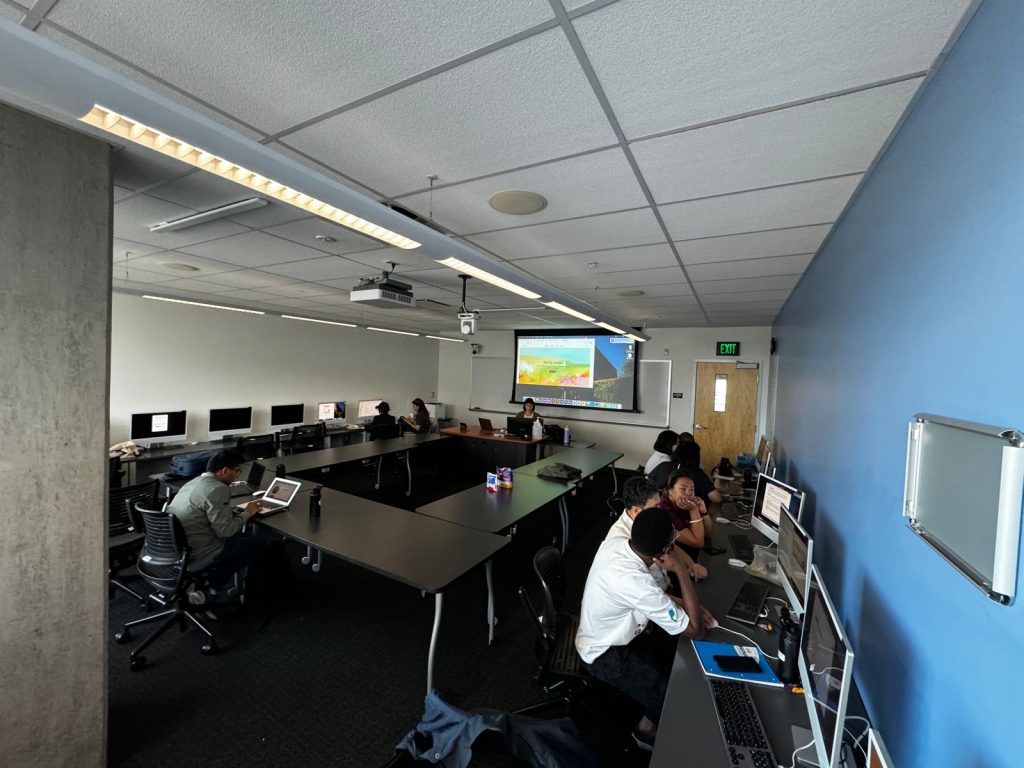On Sunday, January 26, 2025, the Council of Erbil Technical College of Engineering held a meeting chaired by Prof. Ayad Zaki Saber, Dean of Erbil Technical College of Engineering, held a regular meeting with the Assistant Dean and Heads of Departments.
The meeting discussed several important scientific topics and the implementation of the retirement order of teachers and employees and proposals of scientific departments and issued necessary recommendations.
-
Tayib Kazho Ali -
engineertayib@yahoo.com - +9647504451339
- tayib_research
-
ABSTRACT
Current study aims to examine the role of knowledge management
processes in enhancing excellence manufacturing performance in the recycling
sector of Kurdistan Region of Iraq. Depending on quantitative approach ,100
questionnaires were distributed among administrative leaders of 50 factories in
recycling industry sector , by using SPSS program and a binary logistic
regression model. Results of the study indicate a positive influence of
knowledge management processes on operational excellence. Results also
reveal that Organizations will be able to optimize their operations and improve
productivity if they can leverage and apply the cumulative knowledge of their
employees. Consequently, the overall model is statistically is significant,as
Indicated by a -2 Log likelihood of 38.66 anda Chi-square value of
10.724(p=0.02),with a Nagelkerke R2 of 0.48,meaning that knowledge
management processes in the model explain 48% of the variance in
manufacturing performance . Indeed, this study identified that employee-to
employee knowledge-sharing and collaboration develop a sort of synergy,
which exaggerates the benefits of Knowledge Management initiatives. From
these insights, this study develops actionable recommendations for
practitioners on investment priorities in Knowledge Management systems and
in engaging leadership in Knowledge Management processes. An environment
of shared knowledge and continuous learning is very liable to provide
sustainable performances through improvements. Aligning Knowledge
Management initiatives with broader organizational goals and environmental
sustainability objectives can further enhance the impact of these practices.
Ultimately, this research offers a roadmap for capitalizing on Knowledge
Management as a strategic asset in the pursuit of operational efficiency and
sustainability within the recycling sector.
Key words: Knowledge management, Manufacturing performance, Binary
Logistic Regression, Kurdistan Region. Recycling sector -
Erbil Technical Administrative College -
technical administrative -
business management
-
Zhwan khorhsed faysal -
Zhwan2025@outlook.com - +9647504662413
- Final Thesis Zhwan 8-1-2025 after lingustic review.docx
-
This study examines the relationship between the creative climate,
employee engagement, and creativity within the Ministry of Trade and Industry
in the Kurdistan Region of Iraq. A quantitative approach was employed, using
a descriptive-analytical method to assess the dimensions of the creative climate
and analyze their correlation and impact on engagement and creativity. Data
were collected from 295 employees using a structured questionnaire, and a
simple random sampling technique was applied to ensure unbiased
representation. Statistical analyses were conducted using SPSS (Version 22).
The findings indicate a strong positive relationship between the creative climate
and employee engagement and creativity, except for the "Conflict" dimension,
which showed no significant correlation. The study also demonstrates a
substantial impact of the creative climate on both employee engagement and
creativity.
To enhance these outcomes, the study recommends implementing
targeted training programs to develop leadership skills, fostering open
communication channels to build trust and transparency, and promoting
workplace diversity to encourage innovation. Additionally, it highlights the
importance of creating supportive work environments that facilitate
collaboration, provide psychological well-being, and encourage innovative
practices. Finally, the study emphasizes the role of positive leadership from
senior management and high-performing employees in fostering a culture of
creativity and engagement.
This study contributes to understanding how creative climate dimensions
influence employee engagement and creativity in public sector organizations,
offering evidence-based recommendations for enhancing organizational
performance.
Keywords: Creative Climate, Employee Engagement, Creativity, Workplace
Diversity, Organizational Innovation, Kurdistan Region of Iraq. -
Erbil Technical Administrative College -
technical adminstration -
business management

Dr. Ali Abdullah Saleh, a lecturer in the Media Technical Department at Erbil Technical Administrative College, participated in the U.S. Institute for Scholars (SUSI) program on Journalism, Technology, and Democracy at Arizona State University’s Cronkite School. The program, hosted by the University of Montana, provided a transformative experience and invaluable insights into U.S. technology, politics, culture, and judicial systems through interactions with esteemed professors and industry experts.
Over 42 days, Dr. Ali stayed in Phoenix, Los Angeles, and Washington, D.C. Reflecting on his experience, Dr. Ali stated, “The program significantly enhanced my knowledge in areas such as video production, communication skills, digital media, media literacy, public relations, intercultural communication, disinformation, misinformation, media ethics, and the impact of technology on journalism.”
This is an annual program for students and lecturers from Iraq, funded by the U.S. Department of State. Those interested in this program can find more details on the official website.
https://exchanges.state.gov/non-us/program/study-us-institutes







